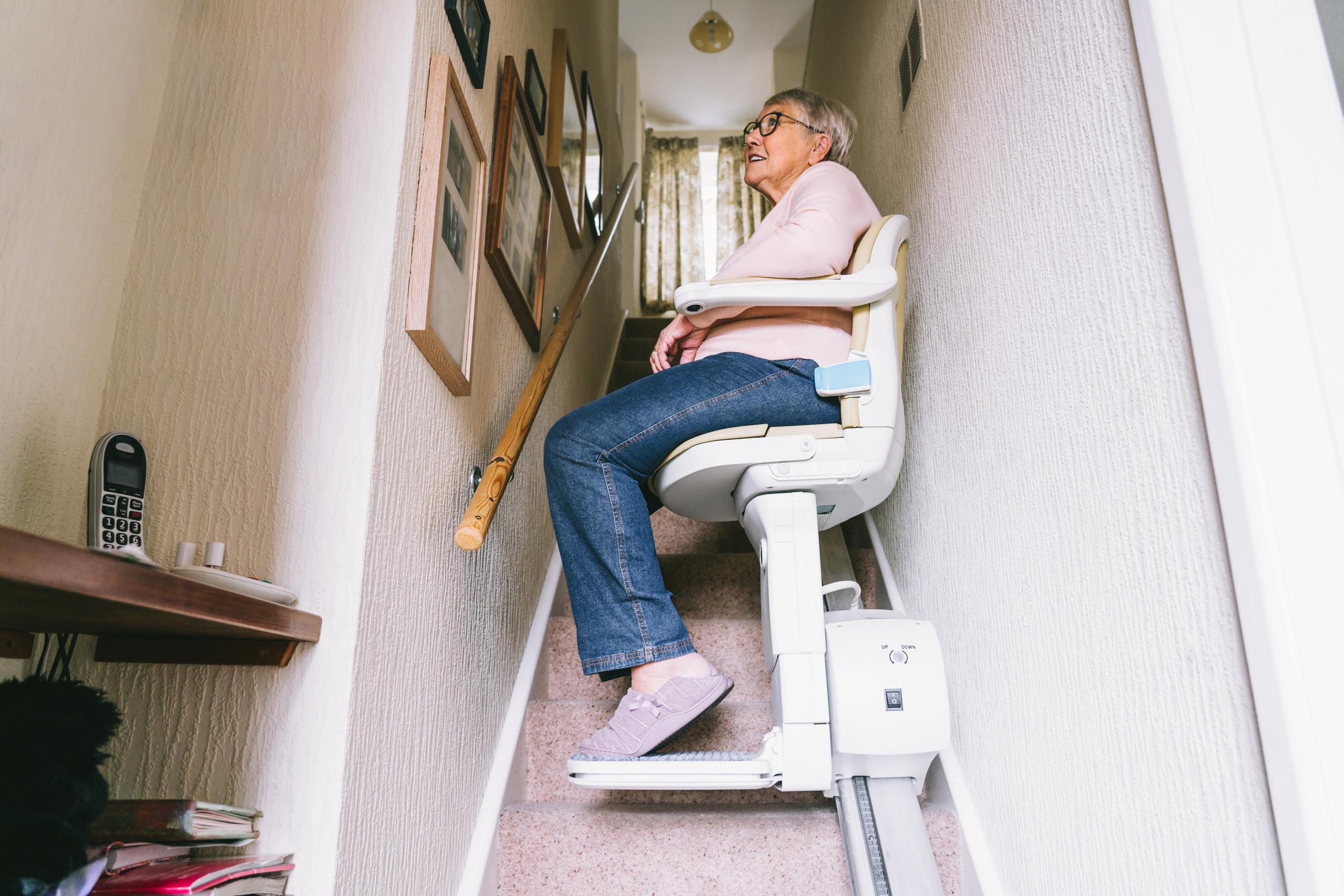
As more people plan to age in place, the retirement industry has flooded the market with products that promise independence and security. But not everything sold to seniors lives up to the hype. In fact, some “solutions” are more about marketing than meaningful support. They can drain your wallet while leaving you just as unprepared for the realities of aging at home. Here are six popular retirement products that may sound helpful but often fail to deliver.
1. Fancy Adjustable Beds
Adjustable beds are often marketed as essential for seniors with back pain, circulation issues, or limited mobility. While they provide comfort, they rarely solve bigger aging-in-place challenges like safe transfers, fall prevention, or daily living assistance. Many cost thousands of dollars without addressing the root needs of independence. For most retirees, grab bars or home modifications do more for safety than a pricey bed upgrade.
2. “Senior-Friendly” Smartwatches
Smartwatches branded for seniors often tout fall detection, heart monitoring, and medication reminders. The catch? Many require complex smartphone pairing, monthly subscriptions, or constant charging—barriers for older adults who aren’t tech-savvy. If the device isn’t worn daily or maintained properly, it loses its usefulness. In practice, a simple medical alert button may be more reliable.
3. Overpriced Stair Lifts
Stair lifts are heavily advertised as a must-have for multilevel homes. But installing one can cost $3,000 to $10,000, and many seniors still end up avoiding stairs out of fear or discomfort. Worse, the money spent on a lift could often be better used on a home renovation—like creating a first-floor bedroom and bathroom—that truly supports long-term independence.
4. “All-in-One” Retirement Villages
Some retirement communities market themselves as offering aging-in-place solutions because they have multiple levels of care on-site. But moving between independent living, assisted living, and skilled nursing still requires transitions and added costs. Contracts may also include hidden fees and unexpected rate hikes. For many retirees, modifying an existing home is a more realistic and cost-effective path to staying put.
5. Subscription Meal Services
Meal delivery subscriptions are often sold as a convenience for older adults, but they can be expensive and unsustainable for long-term use. While helpful in the short run, they don’t address broader nutrition needs, dietary restrictions, or the social isolation that often accompanies aging at home. Local community programs like Meals on Wheels may provide better support ata lower cost.
6. High-End Emergency Generators
Backup power systems are pitched as essential for seniors who want to stay safe during outages. While useful in some areas, these systems cost thousands and require ongoing maintenance that many older adults can’t manage. For most, a smaller portable generator, neighborhood support, or relocation during severe weather events is a more practical choice than an oversized whole-home system.
Practical Beats Popular
When it comes to aging in place, flashy products don’t always equal better outcomes. The real essentials are affordable home modifications, reliable support systems, and long-term care planning. Before spending big on heavily marketed “senior solutions,” ask whether they genuinely make your home safer—or just lighten your wallet.
Have you bought a product that promised to help you age in place but turned out to be a waste of money? Share your story in the comments to help others make smarter choices.
Read More
What Happens When Your Adult Child Moves Back Home—With Their Family?
9 Hidden Deductions Retirees Miss on State Income Tax Returns

Teri Monroe started her career in communications working for local government and nonprofits. Today, she is a freelance finance and lifestyle writer and small business owner. In her spare time, she loves golfing with her husband, taking her dog Milo on long walks, and playing pickleball with friends.
Comments